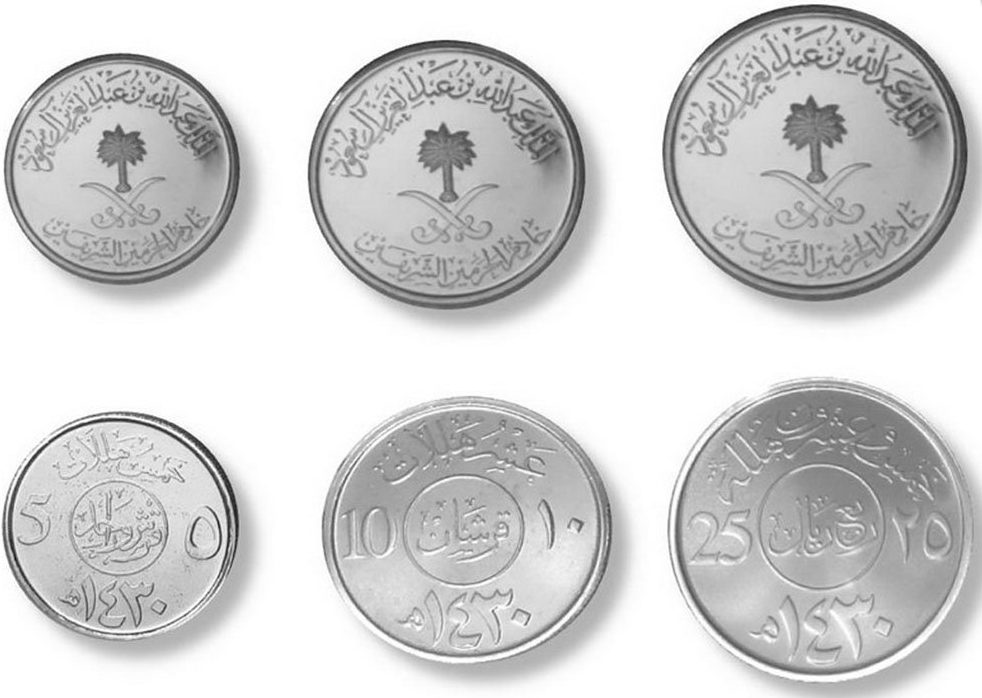Over the past few years, key macroeconomic indicators point to remarkable breakthroughs by the Saudi Arabian economy. The Kingdom’s economy maintained high GDP growth rates, a budget surplus, growth in the Kingdom’s current account, all while the ratio of public debt to GDP remained minimal. Saudi Arabia’s inflation rate remained low amidst a large influx of direct foreign investments. This aggregate data comes as a result of massive oil revenues and large government investment. The configured data of the total fixed capital is considered as one of the means of measuring the investments in any economy because it reflects to what extent the new added value has been invested rather than consumed.
The differences in investment growth rates between countries reflect, in most cases, different levels of economic development and the nature of the operations to catch up with developed countries. There is ample evidence of the importance of investment in driving the growth of any economy. But not all investments are necessarily positive, and there should be a distinction between productive investments and non-productive investments. For example, if the economy is driven by household consumption or borrowing money and simply investing it in the stock market, these investments are not productive. Thus, there must be a balance between productive and non-productive investments.
Productive investments can be explained, for example, through the Member States of the EU since the turn of the millennium. The average rates of the configured total of fixed capital-to-GDP fluctuated about 20% in the European Union system, which includes 27 member states. This average rose to more than 25% in some years. Likewise, About half of China’s growth was achieved over the past 15 years thanks to productive investments.
An analysis of investment data over the past few years shows that the Kingdom’s economy needs careful and considerate reorientation from decision-makers. This is because the Saudi economy relies heavily on government investment and nothing else, which is resulting from the rise of oil prices. Thus, if the government slowed its investment program, the private sector would not be able to bridge the gap. The non-oil sector’s share of total investments has declined over recent years, and the growth of investments in the non-oil sector is driven by government investment.
Since 2003, government investment has grown (except for investment in the oil sector) in capital goods (machinery, tools, buildings, computers and other devices) by 652%, while private sector investments grew by 89%. What’s more serious is the fact that the non-oil sector’s share of total investments recorded an on-going decline since 2001. The non-oil sector investments in the field of manufacturing during the period from 2001-2006 and from 2007-2012, fell by 38%. And during that same period, investments in service sectors (hotels, restaurants, wholesale and retail), agriculture, transport, construction and utilities all fell by 32%.
The sectors that had astonishing records of growth during the same period in terms of investments were the public sector and oil and gas sector, where investments grew in the two by a percentage of 32% and 163%, respectively.
Even though investing in oil and gas sectors is necessary because the government is entirely dependent on oil revenues, the size of this investment is worrisome because the investment in the non-oil sector recorded a continued decline with the passage of time. Moreover, the investment in the public sector recorded a continuing rise, a worrying trend because the productivity of such investments is low. Therefore, it is necessary to reconsider the process of distributing investments sooner rather than later, with the aim of re-routing it to productive fields and sectors that encourage the participation of the private sector in the production of goods with high added value. Otherwise, the economy will remain an economy with low productivity and with a feeble private sector.









